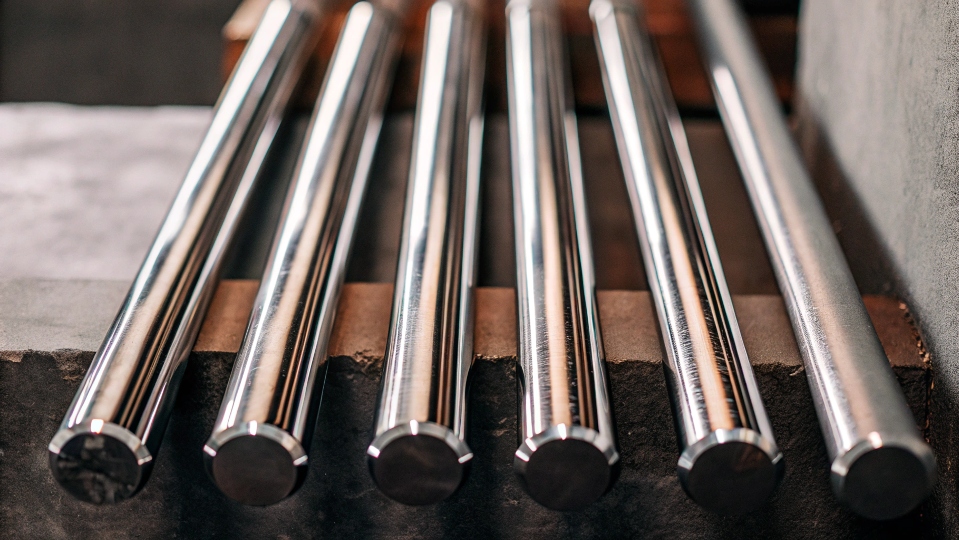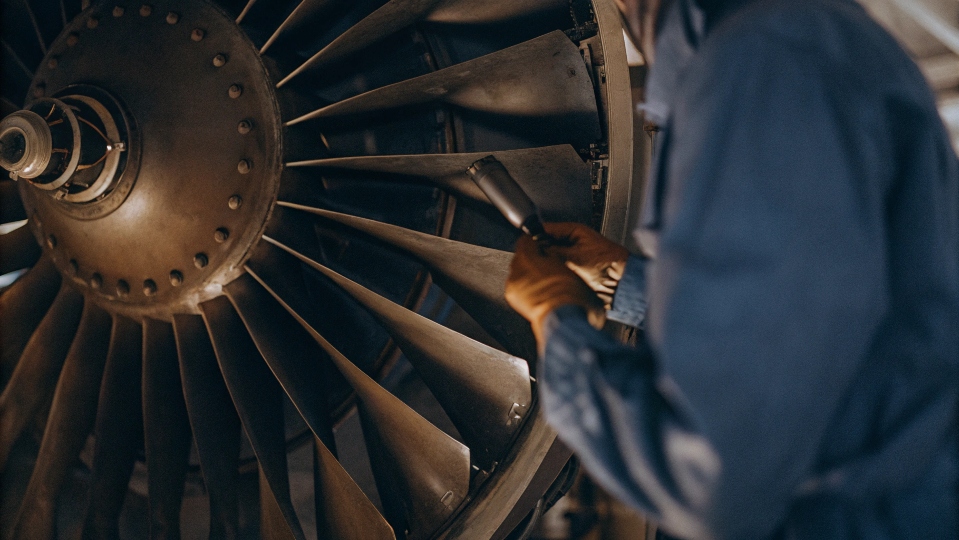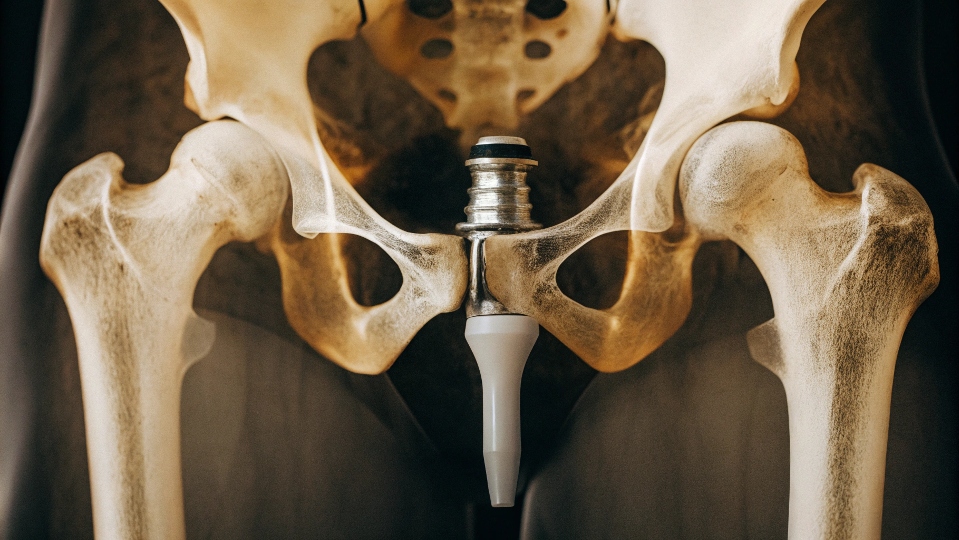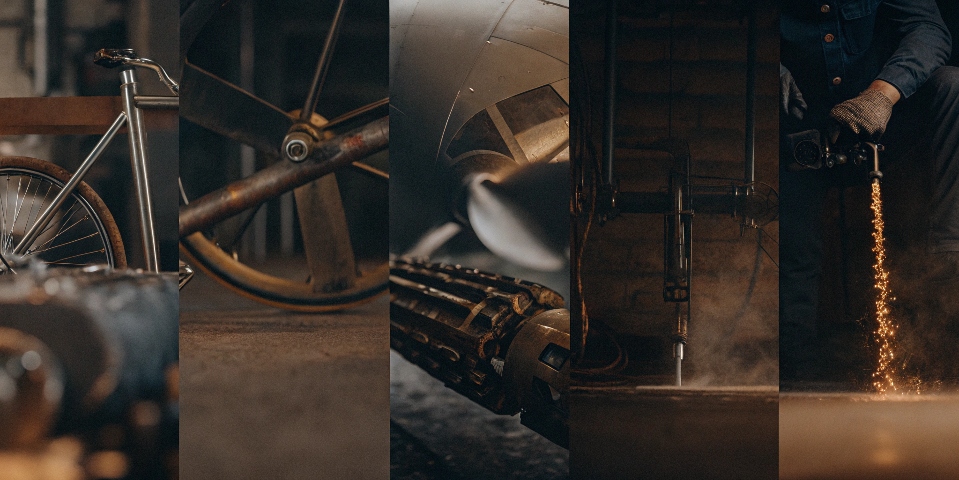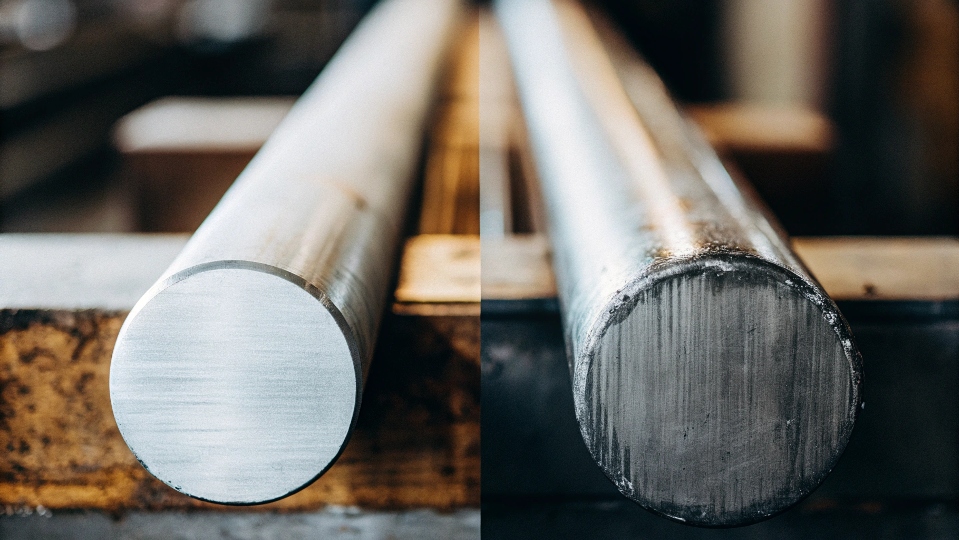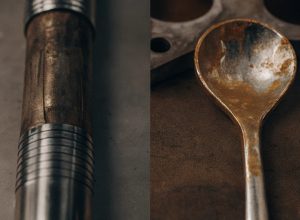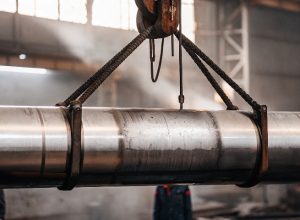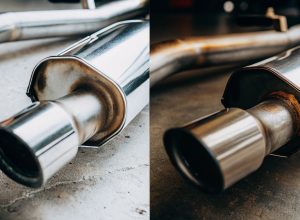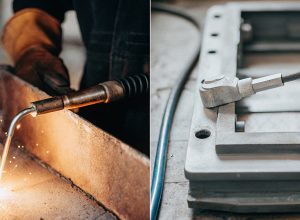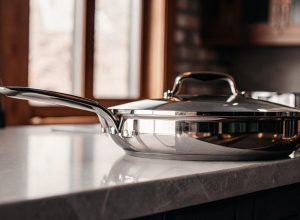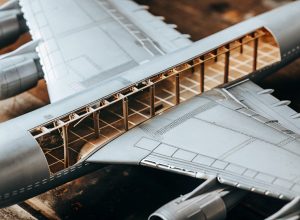Вы ищете материал, который был бы одновременно прочным и легким? Стандартные металлы часто заставляют вас идти на компромисс: они слишком тяжелы или подвержены коррозии. Титановые стержни предлагают идеальное решение.
Титановый пруток - это цельный стержень, изготовленный из металла титана или его сплавов. Он известен своими высокими соотношение прочности и веса1Он обладает отличной коррозионной стойкостью и биосовместимостью, что делает его незаменимым для передовых отраслей промышленности.
Меня зовут Чжан Вэй. Я работаю старшим инженером по исследованиям и разработкам в Баоцзи, китайской Титановой долине. Каждый день я работаю с этими удивительными материалами. Чтобы по-настоящему понять титановый стержень, нужно знать не только то, что он собой представляет. Нужно увидеть, на что он способен. Именно здесь становится понятна его настоящая ценность.
Для чего используется титановый стержень?
Выбрать правильный материал для ответственной работы непросто. Неудачный выбор может привести к поломке оборудования и дорогостоящим проблемам. Титановые стержни обеспечивают надежность в сложных условиях эксплуатации.
Титановые стержни в основном используются в аэрокосмической промышленности для изготовления каркасов самолетов и двигателей. Они также незаменимы в медицине для хирургических имплантатов, например, тазобедренных суставов. Благодаря своей коррозионной стойкости они идеально подходят для химическая обработка2 и морской промышленности.
Когда менеджеры по продукции, такие как Лиза, спрашивают меня о сферах применения, я разбиваю их на ключевые области. В каждой области используются определенные свойства металла.
Аэрокосмическая и оборонная промышленность
В аэрокосмической отрасли важен каждый грамм. Титан обладает невероятным соотношением прочности и веса. Это означает, что мы можем создавать прочные детали, которые намного легче стальных. Я работал над проектами по разработке специальных сплавов для деталей шасси и лопастей вентиляторов двигателей. Эти детали должны выдерживать экстремальные нагрузки и температуры. Использование титана помогает повысить эффективность использования топлива и позволяет самолетам безопасно перевозить более тяжелые грузы. Этот материал используется в тех случаях, когда производительность не может быть снижена.
Медицина и хирургия
Главное преимущество титана - биосовместимость. Он не вызывает реакции в человеческом организме. Национальный институт здоровья США подтверждает, что это один из лучших металлов для этого. Кость может расти и срастаться непосредственно с титановым имплантатом. Этот процесс называется остеоинтеграция3. Он создает очень прочное и стабильное соединение. Это делает его идеальным для замены тазобедренных и коленных суставов, зубных имплантатов и костных винтов.
Как титан влияет на организм?
Мысль о том, чтобы поместить металл в свое тело, может быть пугающей. Некоторые металлы вызывают аллергию или отторгаются организмом. Титан отличается от них, предлагая безопасное и надежное решение.
Внутри организма титан чрезвычайно безопасен и не вступает в реакцию. Он биосовместим, то есть ваши ткани не будут испытывать на него негативной реакции. Костные клетки распознают его поверхность и растут прямо на ней, создавая прочную, постоянную связь для имплантатов.
Вопрос о том, как титан ведет себя в организме, очень важен, особенно для медицинских изделий. Ответ кроется в уникальном химическом составе его поверхности.
Сила оксидного слоя
Когда титан подвергается воздействию воздуха или воды, на его поверхности мгновенно образуется очень тонкий, устойчивый и прочный слой оксида титана. Этот слой пассивен и не реагирует на окружающую среду. Он действует как защитный барьер. Он не позволяет металлу корродировать или вымывать ионы в организм. Именно поэтому титан не вызывает аллергических реакций, которые мы иногда наблюдаем при использовании других металлов, таких как никель или кобальт. Этот пассивный слой является ключом к его биосовместимости.
Остеоинтеграция: Уникальное соединение
Такая биосовместимость обеспечивает особый процесс, называемый остеоинтеграцией. Это означает, что кость буквально интегрируется с титаном. В отличие от других материалов, которые образуют вокруг себя слой фиброзной ткани, костные клетки прикрепляются непосредственно к поверхности оксида титана. Я часто объясняю клиентам, что это похоже на то, как корень дерева врастает в объект, делая его частью структуры. Это создает невероятно прочную и долговечную основу для зубных имплантатов и протезов суставов.
Каковы 5 областей применения титана?
Вы знаете, что титан - это высокоэффективный материал. Но где именно он используется? Его стоимость может заставить вас усомниться в том, что он действительно необходим. Давайте рассмотрим пять основных областей применения.
Пять основных областей применения титана: 1. Аэрокосмические детали, такие как каркасы самолетов и двигатели. 2. Медицинские имплантаты, такие как тазобедренные и коленные суставы. 3. Оборудование для химической обработки. 4. Высокопроизводительные спортивное снаряжение4 например, велосипедные рамы. 5. Морское оборудование для кораблей и подводных лодок.
Я часто использую простую таблицу, чтобы показать клиентам, таким как Лиза, широкий спектр применения. Она помогает связать каждое применение с основной причиной, по которой титан является лучшим выбором для данной работы. Это помогает обосновать выбор материала, как с точки зрения производительности, так и с точки зрения стоимости. Каждое применение подчеркивает различные сильные стороны металла. Например, для спортивного снаряжения важны как прочность, так и малый вес. Для химических заводов наиболее важным свойством является устойчивость к коррозии. Эта универсальность и делает титан таким ценным.
| Область применения | Используемое ключевое свойство | Общий пример |
|---|---|---|
| 1. Аэрокосмическая промышленность | Высокое соотношение прочности и веса | Фюзеляж самолета, шасси, детали двигателя |
| 2. Медицина | Биосовместимость, устойчивость к коррозии | Имплантаты для тазобедренных и коленных суставов, зубные имплантаты, костные винты |
| 3. Промышленность | Превосходная коррозионная стойкость | Теплообменники, трубы для опреснения, реакционные сосуды |
| 4. Потребитель и спорт | Легкость, высокая прочность, эстетичность | Велосипедные рамы, клюшки для гольфа, элитные часы, ювелирные изделия |
| 5. Морской | Устойчивость к коррозии в соленой воде | Корпуса подводных лодок, гребные валы, бортовое оборудование |
Прочны ли титановые стержни?
Вам нужен невероятно прочный, но в то же время легкий материал. Обычно приходится выбирать одно или другое. Титан обеспечивает и прочность, и малый вес.
Да, титановые стержни исключительно прочны. Такие сплавы, как Ti-6Al-4V, имеют соотношение прочности и веса, которое намного выше, чем у большинства сталей. Это означает, что титановый стержень может обеспечить такую же прочность, как и стальной, при этом весить почти в два раза меньше.
Слово "прочность" может означать разные вещи. Когда инженеры говорят о прочности, мы часто обращаем внимание на соотношение прочности и веса. Именно здесь титан действительно силен.
Ищете надежные титановые прутки?
Наши титановые прутки доступны в различных классах и спецификациях, отвечающих самым высоким промышленным стандартам. Они идеально подходят для аэрокосмической, медицинской и промышленной промышленности, обеспечивая качество и производительность в самых жестких условиях.

Понимание соотношения силы и веса
Представьте, что у вас есть брусок титана и брусок стали. Оба могут выдержать 1000 килограммов, прежде чем сломаются. Стальной брусок тяжелый. Титановый брусок намного легче. Титан обеспечивает ту же прочность при меньшем на 45% весе по сравнению со сталью. В этом его ключевое преимущество. Для такого менеджера по продукции, как Лиза, это означает огромные преимущества в таких областях, как аэрокосмическая промышленность, где меньший вес означает большую эффективность использования топлива и лучшие эксплуатационные характеристики. Вот почему мы говорим, что титан невероятно прочен для своего веса.
В сравнении со сталью
Давайте посмотрим на некоторые цифры. Эта таблица помогает наглядно показать разницу. Я использую ее, чтобы объяснить, почему выбор титанового сплава - разумное инженерное решение для высокопроизводительных задач.
| Недвижимость | Обычная сталь | Титановый сплав (Grade 5) |
|---|---|---|
| Плотность (вес) | Высокий (~7,8 г/см³) | Низкий (~4,4 г/см³) |
| Прочность на разрыв | Хорошо (~400 МПа) | Превосходно (~950 МПа) |
| Прочность к весу | Умеренный | Очень высокий |
Как видите, титановый сплав Grade 5 более чем в два раза прочнее обычной стали, но при этом гораздо легче. Такое сочетание делает его материалом премиум-класса.
Заключение
Титановые стержни - превосходный материал. Они прочные, легкие и устойчивые к коррозии. Эти свойства делают их крайне важными для передовых аэрокосмических, медицинских и промышленных применений по всему миру.
-
Изучите важность этого соотношения при выборе материалов для инженерных проектов. ↩
-
Узнайте о роли титана в повышении эффективности и безопасности химических процессов. ↩
-
Изучите процесс остеоинтеграции и его роль в успешном проведении операций по установке имплантатов. ↩
-
Узнайте, как титан повышает производительность и долговечность высококлассного спортивного оборудования. ↩

